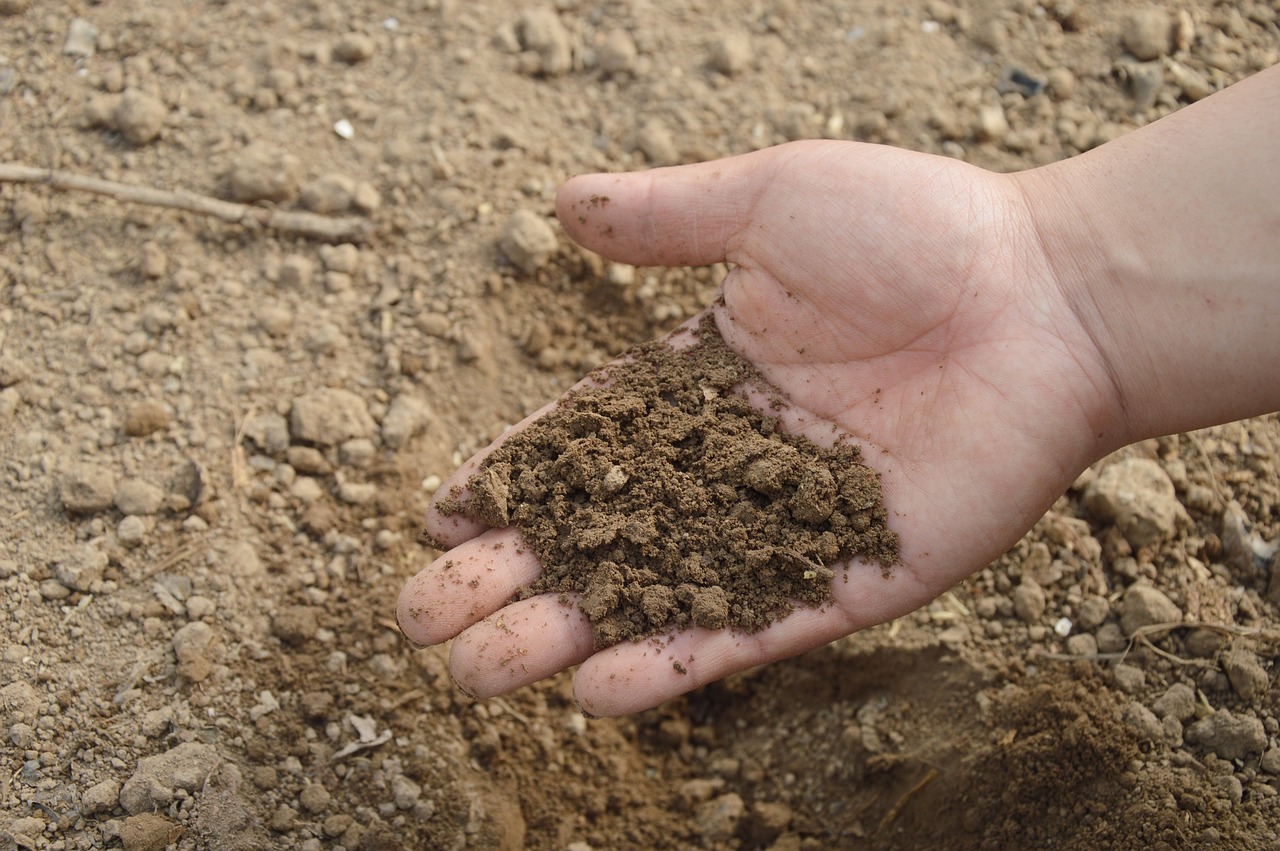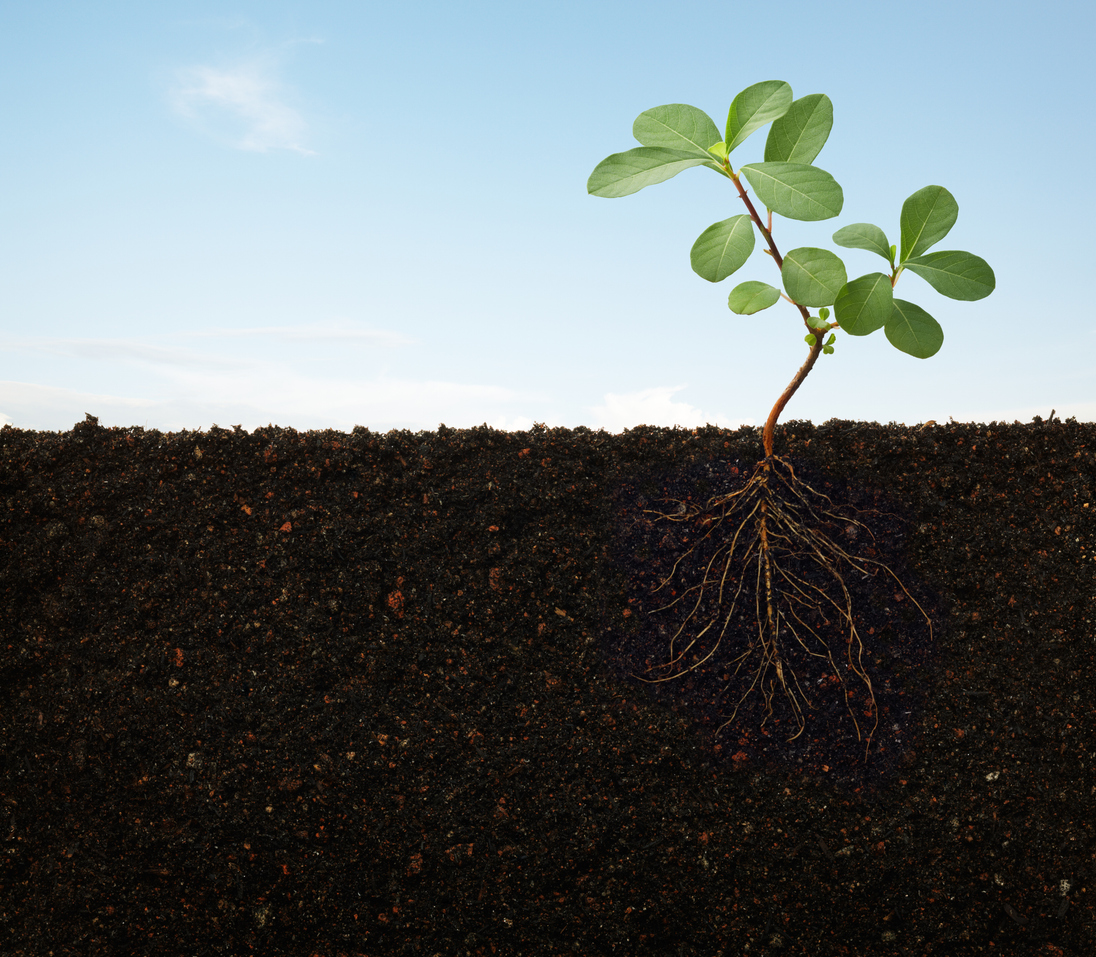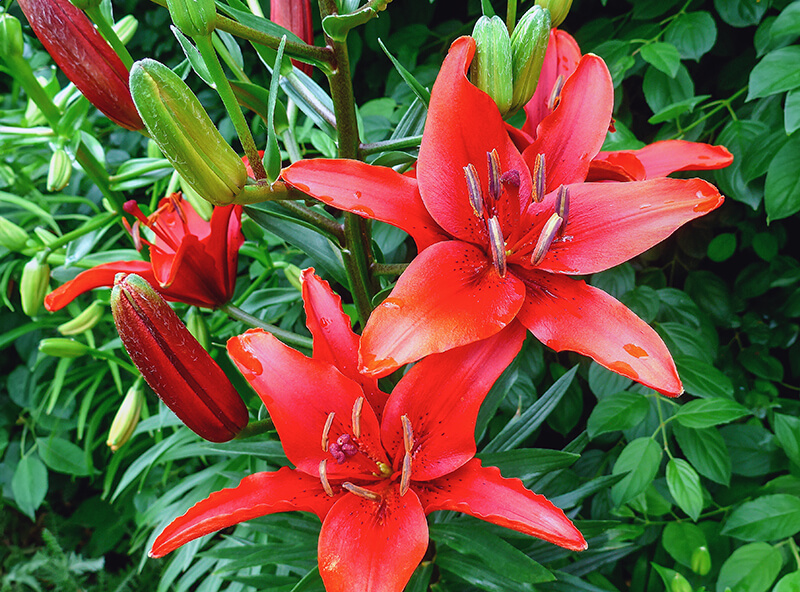Soil Formation & Edible Horizons
Students discover what a soil profile looks like, investigate the composition of soil, and explore the five soil-forming factors and soil horizons.
Students discover what a soil profile looks like, investigate the composition of soil, and explore the five soil-forming factors and soil horizons.
Students determine that the diversity of life in soil contributes to soil fertility.

Students discover that different soils have different characteristics, examine different types of soil, investigate soil components, and observe how air space allows soils to hold and transmit water.
Students categorize plants into groups, describe what plants need for healthy growth, and start their own garden by planting seeds inside a cup.

Students discover how plants and soils interact by observing root growth, considering the function of a plant’s roots, modeling the movement of water into the roots, and investigating the movement of water and nutrients throughout the plant.
Students plant seeds, make considerations about which conditions affect plant growth, design and conduct experiments using a problem-solving process, and compare and contrast to understand the parameters which influence the health and growth of living things.
Students demonstrate rain drop splash (splash erosion) and determine its impact on bare soil by visually identifying types of erosion.
Students explore different types of weather and discover how weather conditions can impact farms.
Students design a board game that reinforces how rangelands provide habitat for livestock and wildlife while benefiting humans, animals, and plants and explore the responsibilities of a range manager.
Students recognize the names of different fruits and vegetables and describe why they are important.

Students observe physical characteristics of flowers and explore principles of pollination.
Students investigate the functions of roots, recognize the difference between a tap and fibrous root system, and identify the roots of some plants as edible.